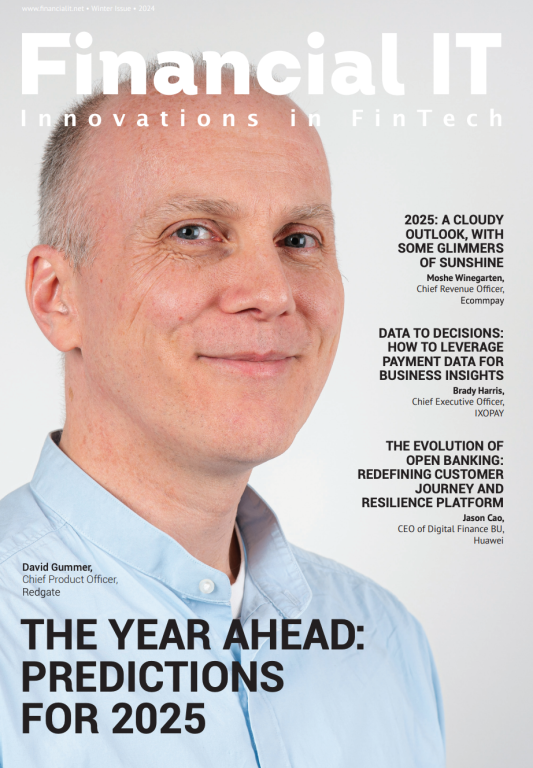Which Technologies Will Lead the Next Generation of Banks?

- Nuno Moutinho, Computer Visual Expert, Co-Founder and CTO at boomApp
- 13.09.2016 01:00 pm Banks
Seeing all these recent announcements, it’s clear that the banking sector is turning toward new technologies to enhance the payment and banking experience of its customers.
However, looking at HSBC’s latest announcement, facial recognition is still in need of development to guarantee the matching quality a bank or any other corporation requires. State-of-the-art facial recognition software recently showed low robustness at detecting people’s identity within a very large database. The large scale application of this technology -at this point of its development- may compromise the matching results and create security flaws in HSBC systems, even though the bank claims customers will still have to present a passport to confirm their identity. Although very innovative, it is still too early to fully trust such a system in a case where maximum security is a priority.
Brands such as Visa are also focusing much of their efforts to engage with consumers by creating more innovative, interactive experiences such as the augmented reality space that will be present at the Toronto International Film Festival (TIFF). There, visitors will be transported into a film's costume and wardrobe department, have the opportunity to virtually try these on, and be able to navigate their way through the experience using hand gestures to select purchases, and checkout with a selfie.
VR, AR, and facial recognition seem to be the next on the list to disrupt how brands will engage with consumers or provide new onboarding experiences. We may start seeing more brands and merchants turning towards developing such experiences for their customers - which will inevitably push the banking sector to develop adapted payment methods, such as the nod of the head to pay and visual recognition for onboarding new clients.


























